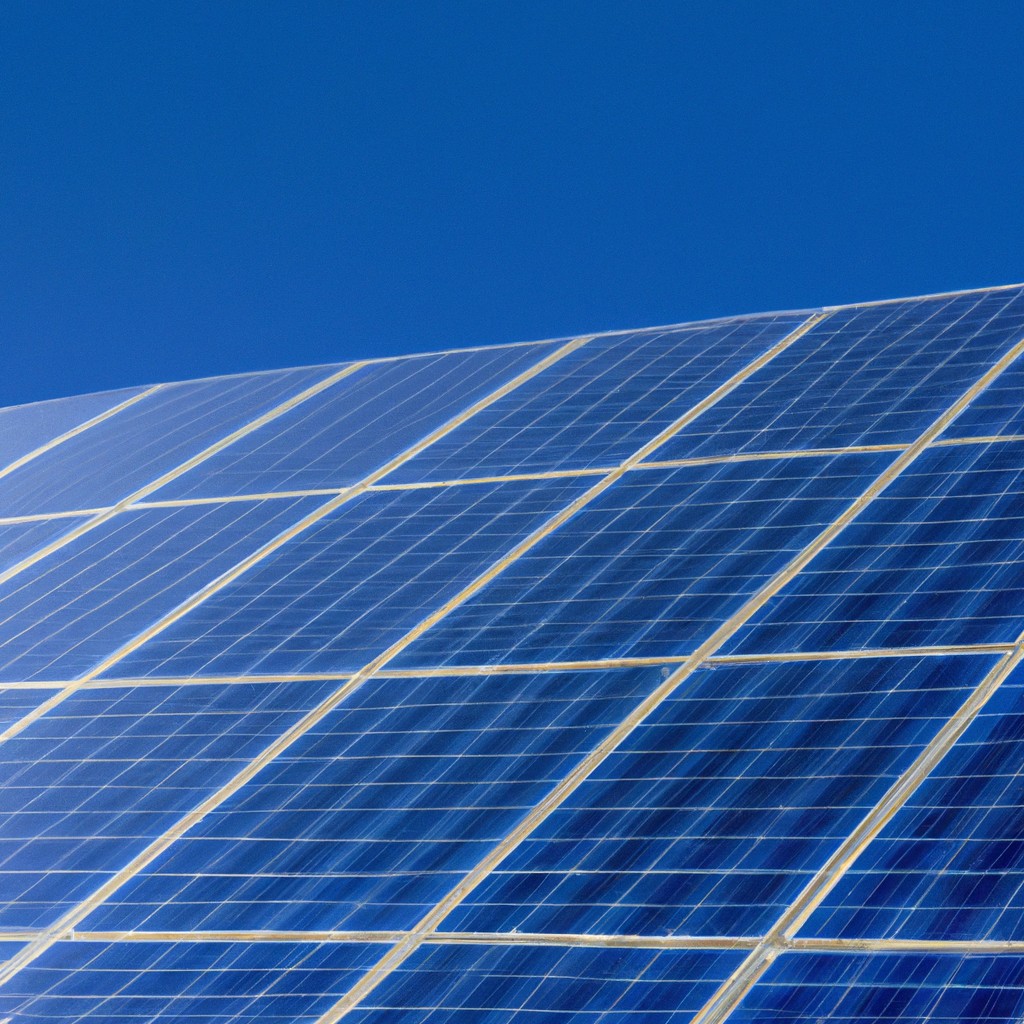While solar energy is hailed for its cleanliness and sustainability, it’s not without its drawbacks, which we’ll uncover in this article.
Key takeaways:
- High upfront costs for solar energy systems.
- Dependency on sunny weather for optimal energy generation.
- Requires substantial space for installation, especially in urban areas.
- Energy storage with batteries is costly and requires replacement.
- Environmental impact from manufacturing and disposal of solar panels.
High Upfront Costs

Investing in solar energy can feel like buying all your electricity for the next 25 years upfront—and that’s not just pocket change! The initial investment includes the cost of solar panels, inverters, batteries, wiring, and installation. Prices can vary widely depending on the quality and size of the system as well as the complexity of your roof layout.
Despite the initial sticker shock, various federal, state, and local incentives may be available to help cushion the blow. These financial assistances aim to make solar more accessible and affordable. It’s also worth considering that, over time, the savings on utility bills can offset a significant portion of these initial costs. Plus, the added value to your property is a nice cherry on top!
Long story short: There’s a bit of financial gymnastics involved, but jumping through these hoops could land you in a sunny spot.
Dependency On Sunny Weather
Solar energy, like a sunbathing session, relies heavily on clear, sunny skies. This becomes a bit of a hiccup in areas where the sun plays hide and seek. For example, regions with frequent cloudy or rainy days won’t see as much bang for their buck compared to those in sun-drenched locales like Arizona or California. During the winter months, when days are shorter, solar panels get less sun-time, which means less energy is generated. This variability can lead to inconsistent power supply and could leave you momentarily searching for a flashlight or, heaven forbid, actually interacting with your neighbors.
Requires Substantial Space for Installation
Solar panels love a good stretch, and by stretch, we mean they need quite the backyard to comfortably lounge in the sun. You might be pondering how much room these sunbathers really require. Well, the installation of these energy-harvesting maestros typically demands more real estate than the average backyard barbecue.
For residential setups, an average system may sprawl across several hundred square feet. It’s a solar suburbia up there! Larger commercial systems? They gobble up even more space, transforming rooftops or fields into vast solar estates.
This sprawling nature becomes a stitch in the side for urban dwellers. Limited roof space in congested cities can leave solar aspirants feeling a bit boxed in. Moreover, if ground installation is the goal, you might be competing for land usually earmarked for other uses or natural habitats. It becomes a game of solar monopoly, where finding a spot big enough for your solar setup is as crucial as it is challenging.
Energy Storage Is Costly
Storing solar energy for later use sounds like a brilliant plan until you peek at the price tag of batteries. You see, while the sun doesn’t send you a monthly bill, the batteries that store its offerings like to dip into your wallet. A common choice for residential systems is lithium-ion batteries, champion of the energy storage world, yet notorious for their high costs.
Adding a battery system can often nearly double the investment needed for a home solar setup. This includes not only the batteries themselves but also additional components such as inverters and professional installation. Even though prices are expected to decline as technology advances, they’re still a considerable barrier to solar power’s financial feasibility.
Furthermore, battery lifespan is an economic factor you’d be wise to consider. Most batteries need a replacement every 5 to 15 years, depending on how much they’re used and the type of battery. This means you’d need to fork out for multiple batteries over the lifetime of your solar energy system. So while saving money is one of the delights of solar energy, the initial phase of being battery-equipped can feel a bit like eating salad with your fingers—messy and awkward, but supposedly good for you in the long run.
Environmental Impact From Manufacturing and Disposal
Solar panels aren’t all sunshine and free energy; they come with their own shade of grey. The production process involves the use of hazardous materials and energy-intensive practices. Chemicals like sulfuric acid and phosphorous pentachloride are common VIP guests at the solar manufacturing party, which isn’t great for Earth’s health if they decide to stick around as pollutants.
Once the panels have lived their electric life—typically 25 to 30 years—they’re ready for retirement. But here’s the buzzkill: solar panel disposal poses concerns. Without proper recycling protocols, which are currently more of an ambition than a widespread reality, panels might end up releasing toxic materials into landfills. So, while solar energy is hailed for its cleanliness, the life cycle of its components tells a more complex story.




